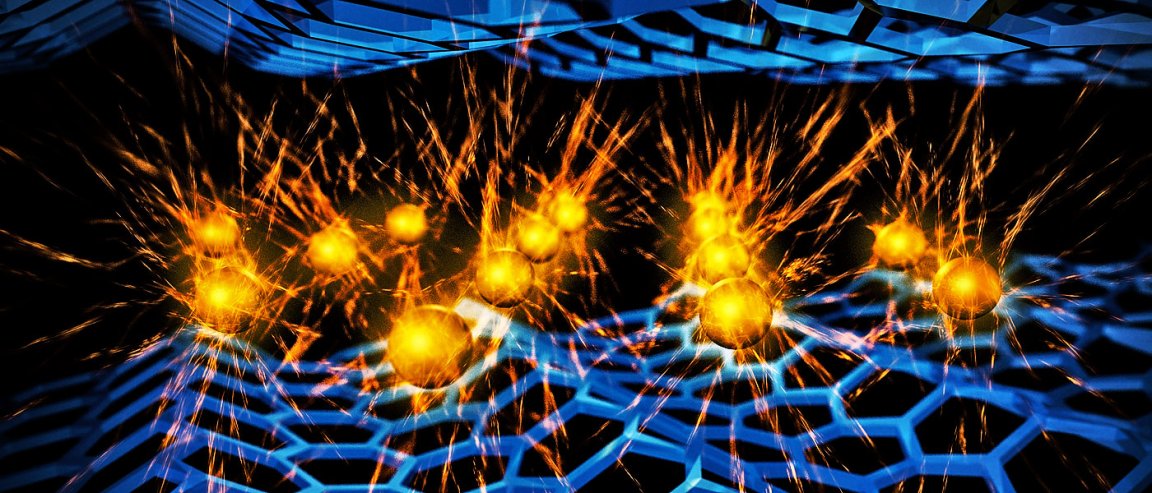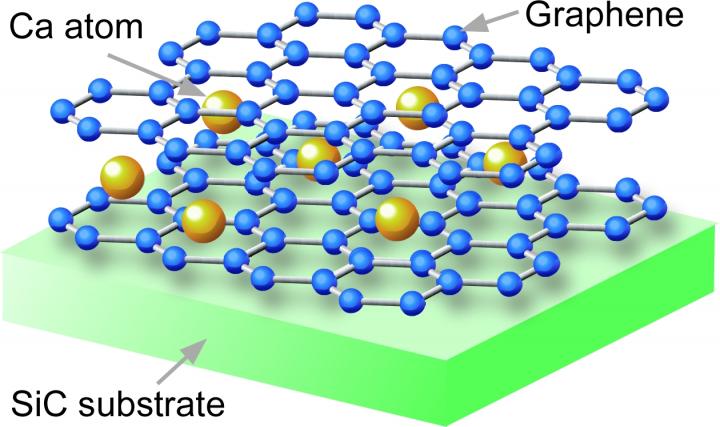
Superconductive Graphene
Graphene, the wonder material with a host of extraordinary properties, has now been found to have superconductive properties. Japanese researchers from Tohoku University of Tokyo have been able to create graphene that has zero electrical resistance, adding to the material’s long list of superpowers.
The addition of superconductivity is such a significant leap in the development of the material because of the innumerable new applications it includes—applications that are vital to modern life. Superconductive graphene, which is strong, tough, and (more importantly) incredibly thin, could lead to the development to a host of more efficient devices.
But before we get there, there’s a small hitch. The graphene superconductivity demonstration was done at the extreme temperature of -269 degrees Celsius (-452.2ºFahrenheit) which limits its usefulness for now.
Massless Electrons
In its current state, graphene is already a very efficient conductor. Electrons in graphene are also able to take on a special state called a Dirac-cone. In this state, the electrons behave like they have no mass, making them very fast.
To achieve superconductivity, electrons must be paired up instead of repelling each other. Being paired allows the electrons to effortlessly move through materials. When this occurs in a material like graphene in a Dirac-cone state, where electrons act as if they’re massless, things get very interesting.
In a press release, Tohoku University says that this development is “significant because electrons with no mass flowing with no resistance in graphene could lead to the realisation of an ultimately high-speed nano electronic device.”

The researchers achieve superconductivity by inserting calcium atoms between two graphene sheets that were created on a silicon carbide crystal. They then measure the electrical conductivity with the micro four-point probe method. They found that at around 4 Kelvin (-269 °C), electrical resistivity drops rapidly, which is an indication of an emergence of superconductivity.
The team concluded that the electron transfer from calcium atoms to the graphene sheets is what is driving the superconductivity. Currently, they do not yet know what phenomenon is taking place when the Dirac electrons that have no mass are turned superconductive without resistance.
The transition temperature is still too low at 4 K, but further studies could lead to increasing that temperature, possibly replacing calcium with another metal or alloy.